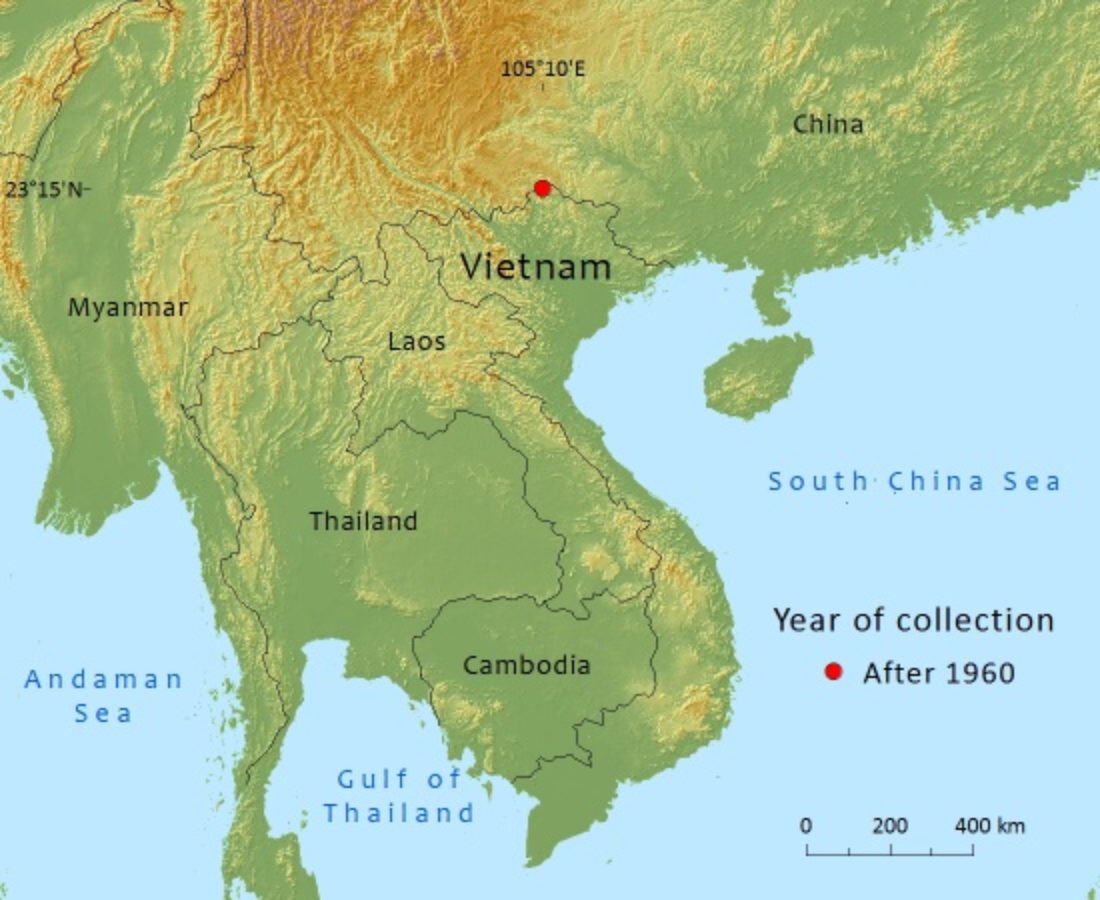Taxaceae
Amentotaxus hatuyenensis
This species was described in 1996 from the karst limestone areas of Hagiang province in northern Việt Nam. Recent field work and molecular research indicates that this taxon is conspecific with Amentotaxus yunnanensis. Consequently it is due to be removed from the IUCN Redlist.
References and further reading
- Farjon, A. (2001). World Checklist and Bibliograpy of Conifers. 2nd edition. The Royal Botanic Gardens, Kew.
- Gao, L.M., L. Yan, L.K. Phan, L.J. Yan, P. Thomas, L. Phan, M. Moeller & D.Z. Li (2016). DNA barcoding of East Asian Amentotaxus (Taxaceae): potential new species and implications for conservation. Journal of Systematics and Evolution:doi: 10.1111/jse.12207, (online early).
- Nguyên Tien Hiêp & Vidal, J.E. (1996). Flore du Cambodge du Laos et du Vietnam. Muséum National D'Histoire Naturelle, Paris.
- Nguyên, T.H., Phan, K.L., Nguyên, D.T.L.,Thomas, P.I., Farjon, A., Averyanov, L. & Regalado Jr., J. (2004). Vietnam Conifers: Conservation Status Review 2004. Fauna & Flora International, Vietnam, Hanoi.
- Nguyen, T.H. (2004). Amentotaxus hatuyenensis. In: IUCN 2012. IUCN Red List of Threatened Species. Version 2012.2. . Downloaded on 20 April 2012.
- Phan, K.L., K.L. Phan, T.M.L. Le & G.S. Nguyen (2014). Molecular characterization of Amentotaxus hatuyenensis N.T. Hiep (Taxaceae) based on ITS1 partial sequence. VNU Journal of Science: Natural Sciences and Technology 30(3S):46-52.
